Related Research Articles

Christian Gottfried Ehrenberg, German naturalist, zoologist, comparative anatomist, geologist, and microscopist, was one of the most famous and productive scientists of his time. Ehrenberg was an evangelist.

Martin Hinrich Carl Lichtenstein was a German physician, explorer, botanist and zoologist.

Friedrich Gerstäcker was a German traveler and novelist.

Eduard Adolf Strasburger was a Polish-German professor and one of the most famous botanists of the 19th century. He discovered Mitosis in Plants

Carl Sigismund Kunth, also Karl Sigismund Kunth or anglicized as Charles Sigismund Kunth, was a German botanist. He is known for being one of the first to study and categorise plants from the American continents, publishing Nova genera et species plantarum quas in peregrinatione ad plagam aequinoctialem orbis novi collegerunt Bonpland et Humboldt.
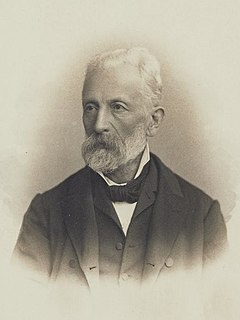
Adolf Philipp Wilhelm Bastian was a 19th-century polymath best remembered for his contributions to the development of ethnography and the development of anthropology as a discipline. Modern psychology owes him a great debt, because of his theory of the Elementargedanke, which led to Carl Jung's development of the theory of archetypes. His ideas had a formative influence on the "father of American anthropology" Franz Boas, and he also influenced the thought of comparative mythologist Joseph Campbell.
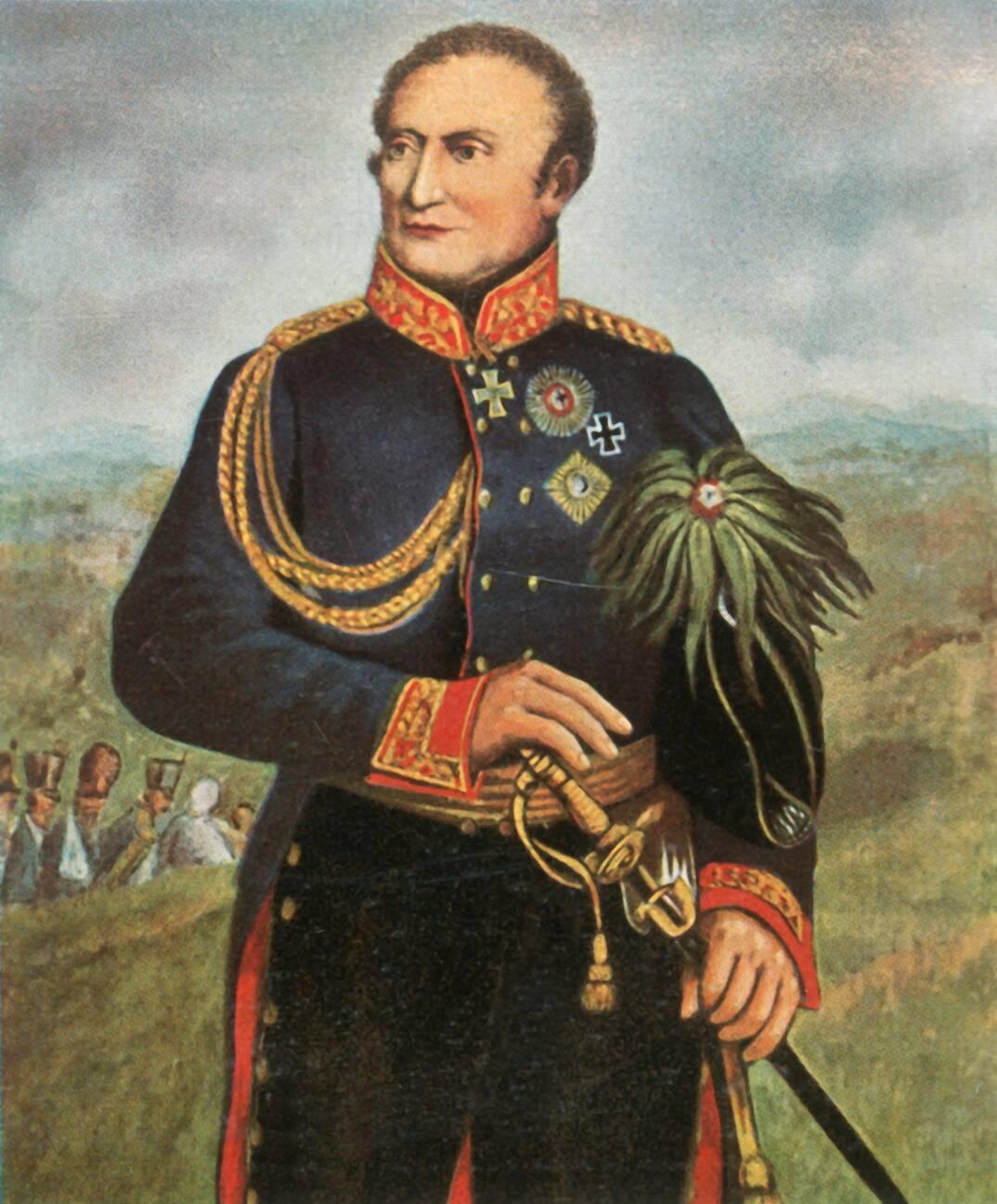
Friedrich Emil Ferdinand Heinrich Graf Kleist von Nollendorf, born and died in Berlin, was a Prussian field marshal and a member of the old junker family von Kleist.

Peter Bernhard Wilhelm Heine, better known as WilhelmHeine was a German-American artist, world traveller and writer as well as an officer during the American Civil War.

Dr. Ernst Freiherr von Bibra was a German Naturalist and author. Ernst was a botanist, zoologist, metallurgist, chemist, geographer, travel writer, novelist, duellist, art collector and trailblazer in ethnopsychopharmacology.

Heinrich Claß was a German right-wing politician, a Pan-Germanist, an anti-Semite and a "rabid racialist". He presided the Pan-German League from 1908 to 1939.

Carl Friedrich von Rumohr was a German art historian, writer, draughtsman and painter, agricultural historian, connoisseur of and writer about the culinary arts, art collector and patron of artists.
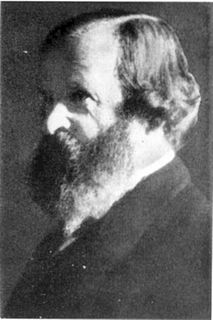
Eugen Oswald, was a journalist, translator, teacher and philologist who participated in the German revolutions of 1848–49.
Christian Eduard Langethal was a German botanist and agronomist. He is known for his writings involving agricultural botany and agricultural history. The standard author abbreviation Langeth. is used to indicate this person as the author when citing a botanical name.
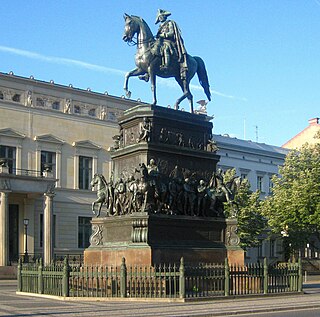
The equestrian statue of Frederick the Great is an outdoor monumental sculpture in cast bronze at the east end of Unter den Linden in Berlin, honouring King Frederick II of Prussia. It was commissioned by Frederick's great nephew, Frederick William III, and dedicated by Frederick's great-great nephew, Frederick William IV. Designed in 1839 by Christian Daniel Rauch and unveiled in 1851, it influenced other monuments. It is a registered monument of the City of Berlin.

Samuel Lublinski was a Berlin-based writer, literary historian, critic, and philosopher of religion. He was a pioneer of the socio-historical study of literary movements and a major contributor to the debates about German-Jewish national and cultural identity of the era.
Ferdinand Carl Valentin Haecker was a German zoologist, reader at Freiburg University from 1892. In 1900, he became professor at the University of Applied Sciences Stuttgart and in 1909 at Martin Luther University of Halle-Wittenberg. He was president of the Deutsche Zoologische Gesellschaft from 1922. He died unexpectedly from a stroke.
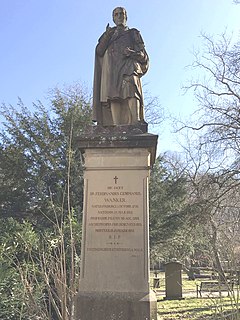
Ferdinand Geminian Wanker was a German Roman Catholic moral theologian.
Heinrich Ferdinand Mannstein, real name Heinrich Ferdinand Steinmann, was a German singing teacher, writer and music critic.
Adolph Kohut was a German-Hungarian journalist, literature and cultural historian, biographer, recitator and translator from Hungarian origin.
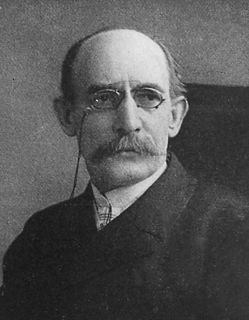
Georg Bötticher was a German graphic artist, writer and publisher.
References
- Papavero, N. (1973): Essays on the history of Neotropical dipterology, with special reference to collectors (1750-1905). São Paulo: Museu de Zoologia, Universidade de São Paulo.
- Herbert Scurla (1968): Im Lande der Kariben. Reisen deutscher Forscher des 19. Jahrhunderts in Guayana. Alexander von Humboldt. Robert Schomburgk. Richard Schomburgk. Carl Ferdinand Appun. Berlin: Verlag der Nation, 1964; 3. Auflage.
- Julius Loewenberg (1875): Appun, Karl Ferdinand, in: Allgemeine Deutsche Biographie (ADB), Band 1, Duncker & Humblot, Leipzig.